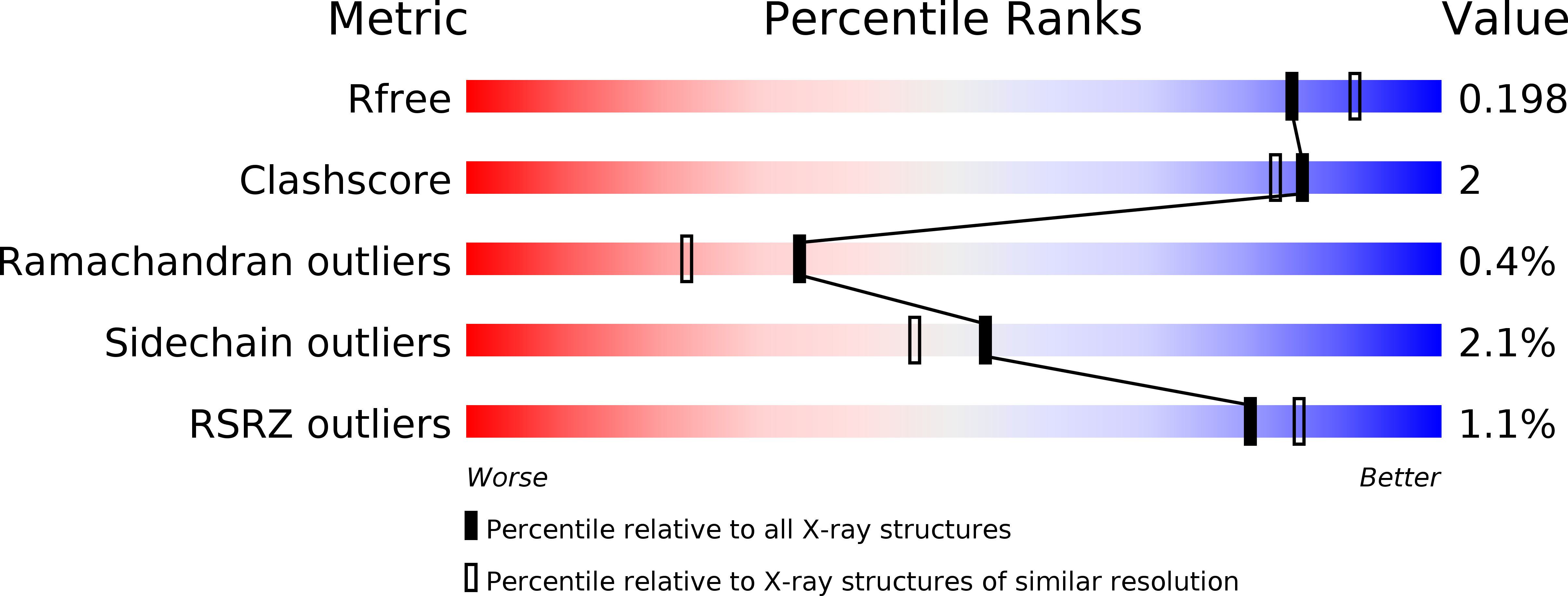
Deposition Date
2007-06-17
Release Date
2008-04-08
Last Version Date
2024-10-23
Method Details:
Experimental Method:
Resolution:
1.95 Å
R-Value Free:
0.19
R-Value Work:
0.14
R-Value Observed:
0.15
Space Group:
P 1 21 1


